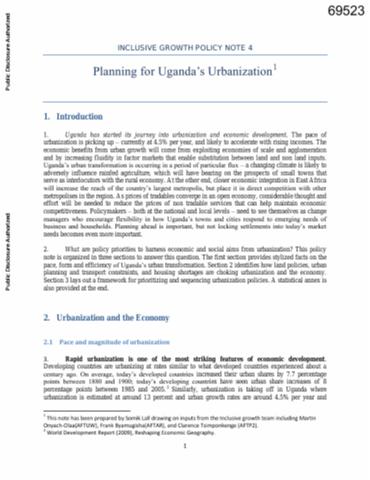Land Use/Cover Change Detection of Tiruchirapalli City, India, Using Integrated Remote Sensing and GIS Tools
The rapid growth of urban population in India is a cause of concern among country’s urban and town planners for efficient urban planning. The drastic growth of urban areas has resulted in sharp land use and land cover changes. In recent years, the significance of spatial data technologies, especially the application of remotely sensed data and geographical information systems (GIS) has been widely used. The present study investigates the urban growth of Tiruchirapalli city, Tamilnadu using IRS satellite data for the years 1989, 1992, 1995, 1998, 2001, 2004, 2007, and 2010.






